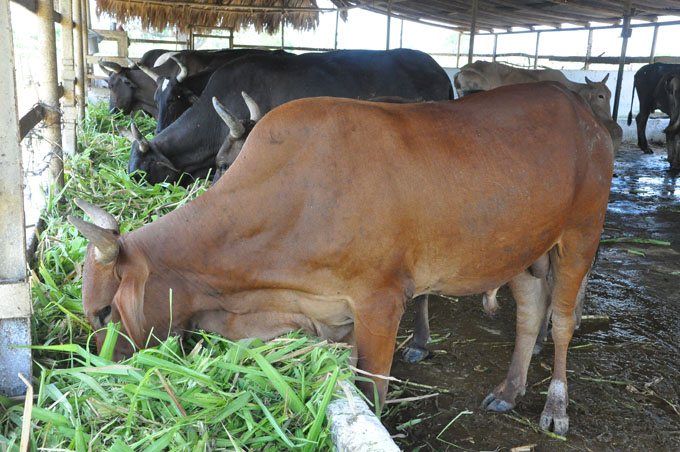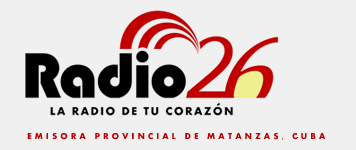Promoting the use of protein plants in Cuban livestock production.

The use of protein plants is a practice that is becoming generalized in Cuban agriculture as a food complement in livestock farming.

The use of protein plants is a practice that is generalized in Cuban agriculture as a feed supplement in livestock.
According to specialists at the Indio Hatuey Experimental Station of Pastures and Forages, these plants increase the protein and mineral content in the ration, increase the consumption of dry matter and positively influence animal health and productivity.
In addition, they better withstand poor agricultural management, prevent erosion and soil degradation and improve soil fertility by increasing the content of organic matter, calcium, potassium, magnesium and decrease the content of salts.
In Cuba, Moringa oleifera Lam, Tithonia diversifolia Hemsl. and Morus alba are mainly used in the diet of Cuban cattle.
Also, according to Indio Hatuey researchers, the possibility of producing Trichanthera gigantea H. and B. and Cratylia argéntea is being studied to increase the availability of shrubs for food purposes, because they contribute to recover the macrofauna and microfauna associated with agricultural ecosystems and can be used for the phytoremediation of soils contaminated with heavy metals.
Written by Yunielys Moliner Isasi.




